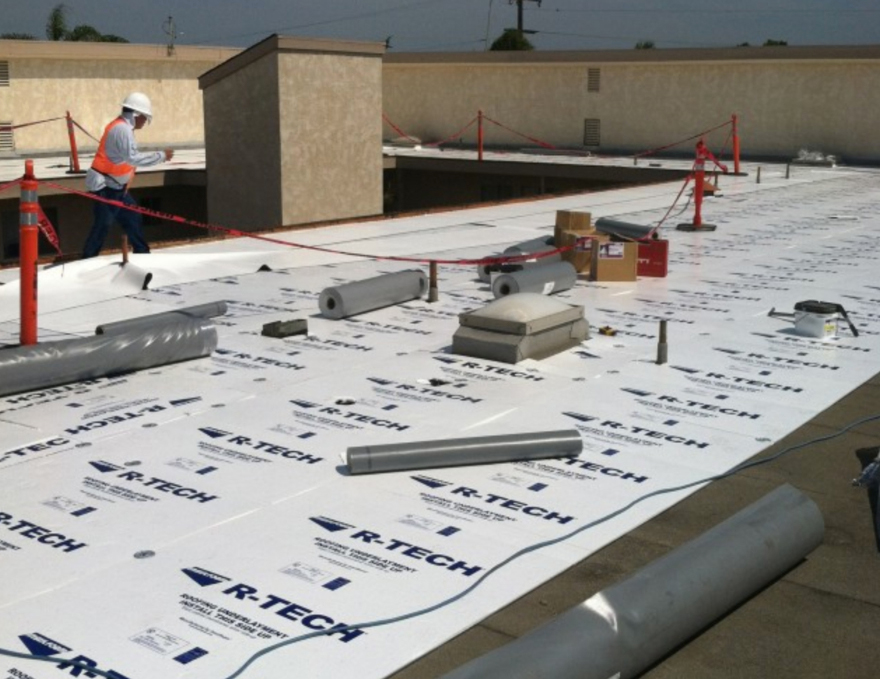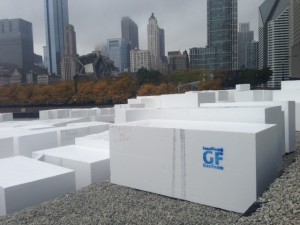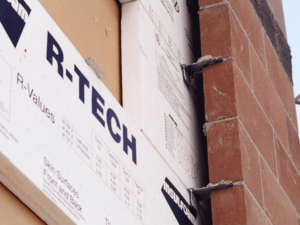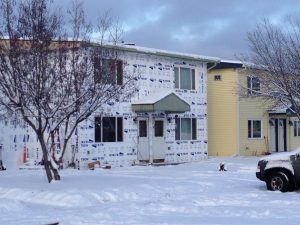
Look for compliance with ASTM C578 testing
Despite having a name that’s a mouthful, expanded polystyrene (EPS) looks to be a simple product – millions of small foam beads packed together to form sheets and blocks. We’ve all encountered EPS packaging when opening boxes containing appliances, TVs or other consumer goods, so familiarity contributes to the material’s seeming simplicity.
While EPS insulation shares a similar form as EPS packaging, the insulation is subject to testing requirements under ASTM C578, Standard Specification for Rigid, Cellular Polystyrene Thermal Insulation. The standard covers the physical properties of EPS products with or without facings.
While it is relatively straightforward to set-up an EPS insulation production line, it is altogether another matter to produce quality products that perform well in buildings. As Olita Medne, a European material scientist, noted in her doctoral thesis, EPS manufacturing requires a “multi-step process that depends on [an] extremely high (> 40) mutually correlated number of parameters” to avoid defects such as cracks and inconsistent thermal and mechanical properties. Put more plainly, EPS manufacturing is complex, and if not done correctly, the insulation will not perform as intended, and as required by code.
The factors that EPS insulation manufacturers must carefully manage include the size and density of the numerous polystyrene granules (beads), and the speed, direction and pressure of the steam used to expand them, among other parameters.
As numerous companies around the world make EPS insulation – to varying degrees of quality – to help ensure a product that won’t leave you in the cold, it is important to choose one that has passed ASTM C578 testing, as have all Insulfoam EPS insulation products.




